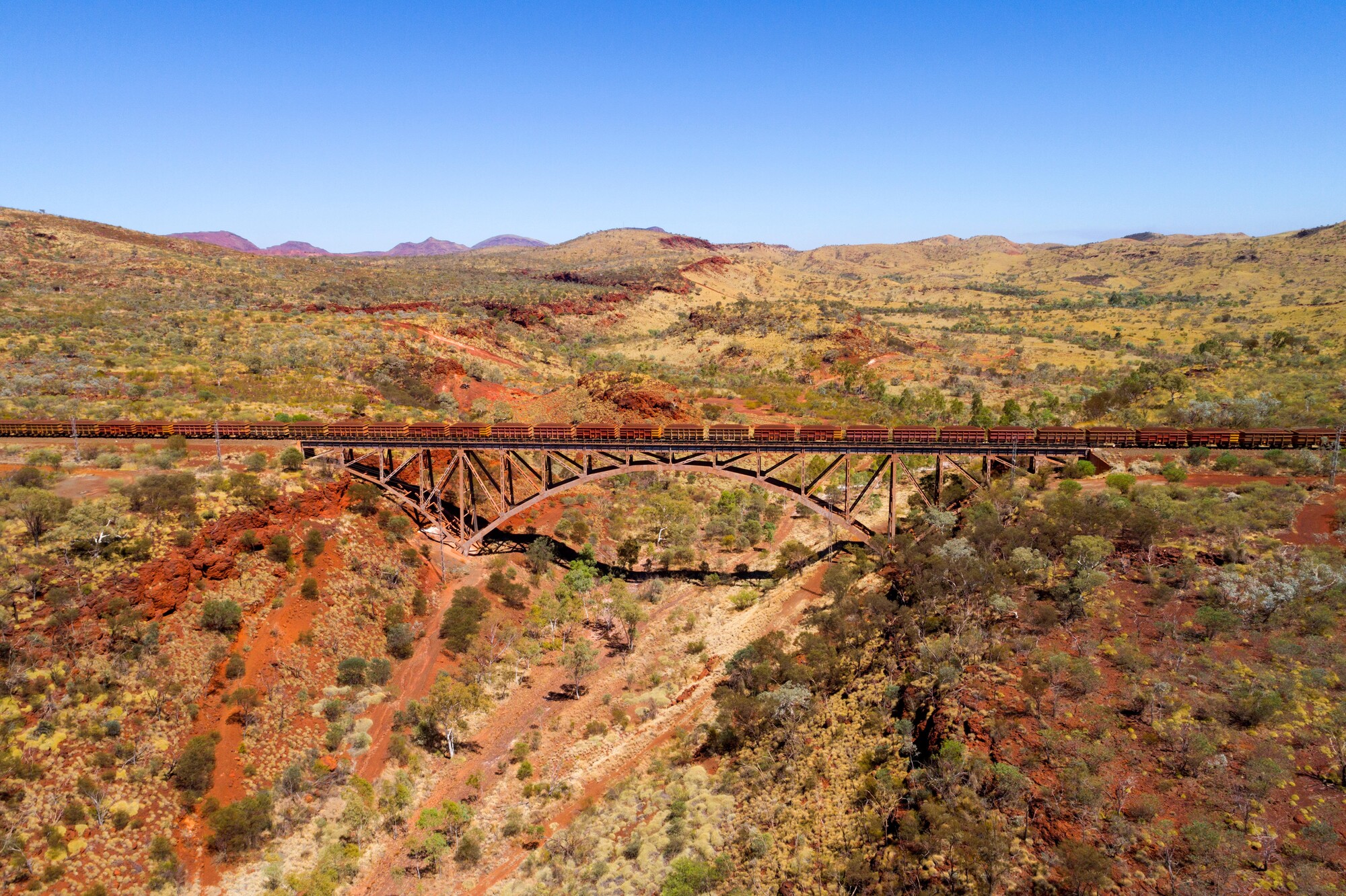A new report is calling for a $68-million-a-year investment in a world-leading conservation partnership to boost conservation outcomes across Australia’s largest mining region.
The Enduring Pilbara reportproposes that partnerships between government, industry, Traditional Owners and landholders are key to protecting the Pilbara’s unique biodiversity and heritage in a region that generates massive economic wealth through its lucrative mining industry.
Written by the Centre for Conservation Geography and University of Tasmania, and commissioned by the Pew Charitable Trusts, the report aims to create a conservation vision for the Pilbara, delivered through investment and partnerships to build on conservation and cultural land management.
Despite being a national biodiversity hotspot, with species found nowhere else in the world, most of the Pilbara has no formal protection. Only 6.4 percent of the region is under state-managed conservation reserves, while 80 per cent of land is under mining and pastoral tenures. The report outlines the benefits of conservation across all tenures – to ensure the rich biodiversity and cultural values of the region are not lost.
Report co-author Dr Vanessa Adams from University of Tasmania said that although the Pilbara was Australia’s wealthiest region, very little had been spent on protecting its natural and cultural values.
“The wealth generated by the Pilbara, coupled with the environmental footprint of the mining industries that have generated that wealth, put the onus of responsibility on significantly investing in conservation measures that will benefit local communities,” she said.
“There is a window of opportunity now to retain and restore the unique ecological, geological and cultural values of the Pilbara to generate future economic opportunities and job pathways.
“Investment in conservation delivers triple bottom line benefits through job creation. Looking after Country ultimately generates social, economic, and environmental returns, which can be seen at the local, regional and national level.”
The report found that investment in conservation would diversify the economy in the region and create 560 full time jobs with a high proportion for Aboriginal people.
Co-author Dr Carol Booth from the Centre for Conservation Geography said the Pilbara region is rich in culture, biodiversity and geology found nowhere else.
“The Pilbara region is remarkable for so many reasons. It is the oldest well-preserved fragment of early Earth crust, uniquely diverse in ancient rocks, having served as an ancient refuge for life during glacial periods and a major centre for the evolution of unique plants and animals,” she said.
“It is entirely possible for the Pilbara to become a world leading example of landscape-scale conservation, with cultural and conservation land management across all tenures, delivered through partnerships between those with overlapping land rights and responsibilities – Traditional Owners, miners, pastoralists and governments.
“This has already been proven elsewhere in Australia, although not at such scale, or in a landscape with such complex overlapping rights and interests.
“We have an opportunity to diversify the Pilbara economy, generate new jobs and increase local prosperity, while reversing environmental decline and sustaining Traditional Owner cultures. This can only be achieved through a shared vision and appropriate investment.”
Co-author Dr Bill Kruse said there were several compelling reasons why government, industries and landholders should increase their investment in conservation and cultural land management in the Pilbara.
He said they ranged from legal obligations to control weeds and feral species, land management obligations, industry social licenses to operate mining and pastoral leases, carbon offsets, tourism – as well as cultural and ethical motivations.
“It would provide a greater choice of livelihoods for Aboriginal people that align with their cultures, aspirations, skills, and native title rights,” he said.
“It would help to strengthen and repair relationships necessary for mining companies to operate and it would reduce the likelihood of sacred Aboriginal sites being destroyed, like the Juukan Gorge disaster.”
“Mining will be part of the Pilbara landscape for decades to come. Whilst this will continue to have impacts on the environment, there is also an opportunity to build partnerships that benefit nature and people across the whole region.”
———
Notes for editors:
- Most of the Pilbara’s threatened and priority species, including 50 per cent of animals and 62 per cent of plants, are not currently protected in conservation reserves
- Only 6.4 percent of the Pilbara is under state-managed conservation reserves – well below the 17 per cent international target set in 2020
- Mining and construction make up 99 percent of economic output in the Pilbara, generating more revenue than the entire economies of two-thirds of the world’s countries.
The Enduring Pilbara report was authored by academics from Centre for Conservation Geography and University of Tasmania, and commissioned by The Pew Charitable Trusts.
